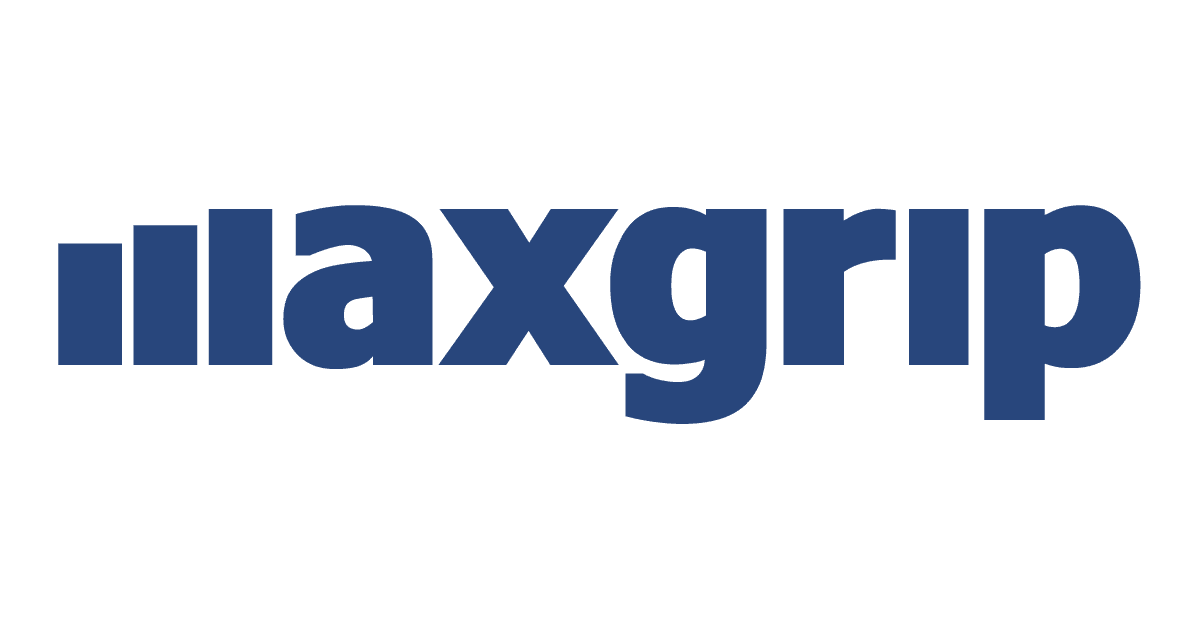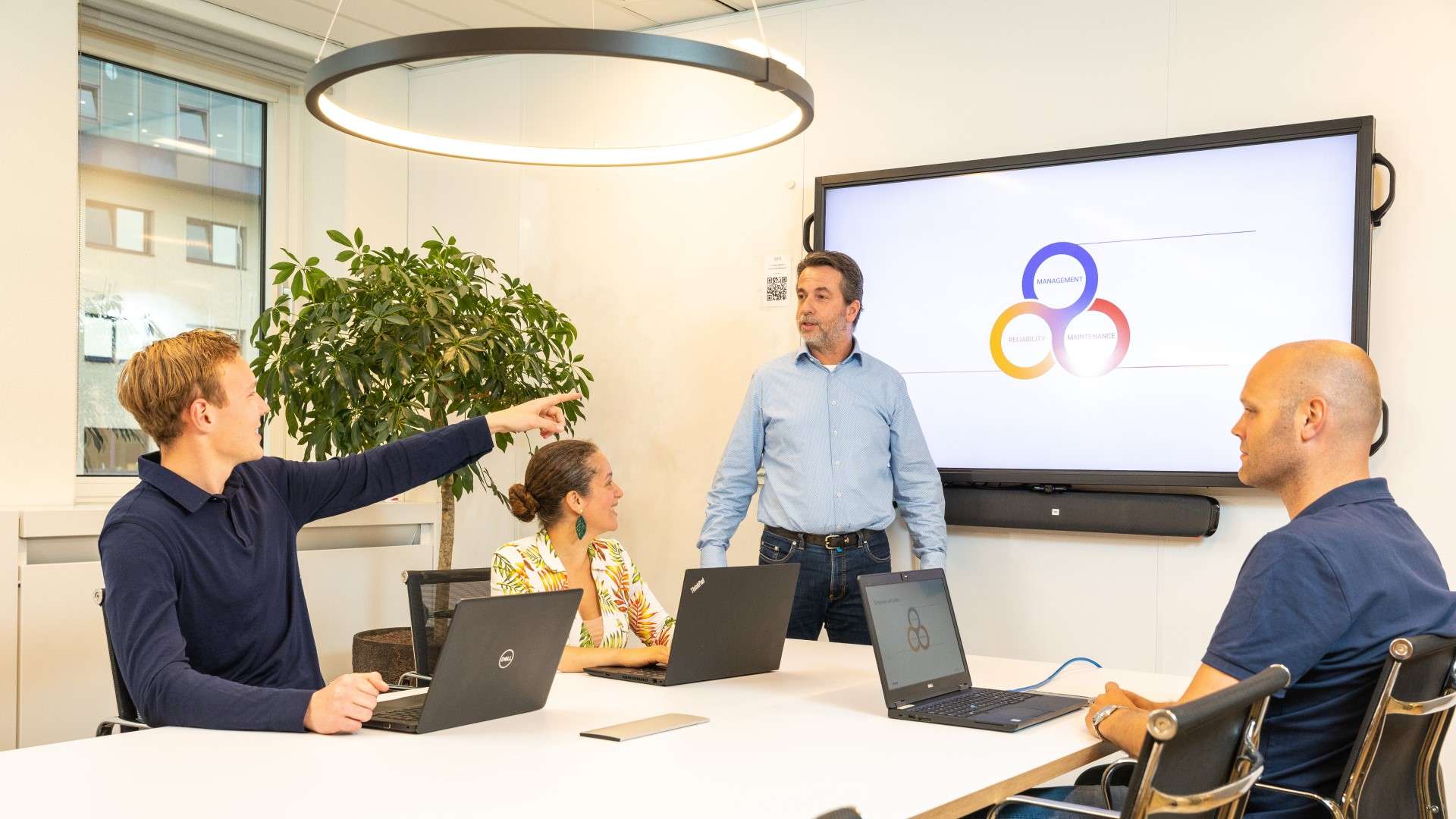The Dutch market leader of waste-to-energy production recognized the potential to improve efficiency and reduce downtime. One key factor for success for the company was to synergize the cooperation between departments within the two plants as well as the collaboration between the two sites. They asked MaxGrip to apply the Asset Improvement Program. This entailed an assessment for asset performance improvement potential of the two biggest waste-to-energy sites as well as to partner with them for the deployment of the recommended improvements.
Challenge: Synergize and Reduce Cost
The waste to energy expert recognized the potential to improve efficiency and
reduce downtime. The ambition was to significantly reduce the maintenance cost
to processed waste ratio. One key factor for success for the company was to
synergize the cooperation between departments within the two plants as well as
the collaboration between the two sites. The company selected MaxGrip for our
combination of strategy and hands-on deployment approach, offered in our wellknown Asset Improvement Program. We first assess the situation at site level and
then offer recommendations and a tailor-made improvement roadmap per site.
The next step is to deploy the recommended improvements in close cooperation
with the two sites.
Approach: Assess and Deploy
Stage 1: Asset Improvement Mapping
MaxGrip started with an assessment at the two waste to energy locations.
The first step of our program, the Asset Improvement Mapping, is based on
fourteen asset management competencies which fall in three categories: asset
reliability, management and maintenance execution. The assessment includes
a comprehensive historical data and information analysis and 25 stakeholder
interviews per site. Next to site-specific recommendations, MaxGrip also
provided collective improvement opportunities for the two sites. This was done
to enhance the synergy between the sites. These were the most important shared
improvement recommendations:
- Standardize the work order preparation process
- Expand the planning horizon
- Review and improve periodical Preventive Maintenance plans
- Improve quality and quantity of corrective work orders
- Improve prioritization of work orders based on to-set criteria
- Improve the kitting and staging process
- Improve maintenance & reliability engineering
The recommendations were plotted on an improvement roadmap and discussed
with the management teams of both sites.
Stage 2: Asset Improvement Deployment
While most of the recommendations were centered around maintenance work
preparation and processes, in agreement with the plant managers we opted for
a broader approach in which the processes, people, assets, systems and tools
from start to finish were included in the deployment. This will ensure lasting
improvements in results.
Doing the right things
With the maintenance teams of both plants we focused on improving their risk
based maintenance. This included:
- Workshops together with the teams to map critical installations that are not
allowed to fail; - Assessing the quality and quantity of existing maintenance plans together
with the maintenance engineers; - Creating standard maintenance plans for fifty object types, working closely
with maintenance engineers of both sites; - Rolling out the standard maintenance plans for critical assets for each
object type; - Collaborating across sites by having regular meetings together with both
engineering teams and by sharing best practices; - Training and coaching maintenance engineers so as for them to finetune
the maintenance plans and to build out the plans to other object types.
Doing all things right
In parallel to doing the right things we also included improvements regarding
processes and people: work processes, behavior, way of working and roles and
responsibilities. The main improvement focused on setting up a uniform way
of working. This involved recreating the maintenance execution workflow from
start to finish including specifying roles and responsibilities, clear gate keeping
agreements and the team meeting and consultation structure. The new workflow
was set up in close collaboration with the maintenance managers.
An important factor for success was the inclusion of the Operations team in the
workflow process and as a member of the progress meetings. This was a major
change as Operations and Maintenance had worked in siloes while they now
started working together in a regular and structured fashion. To close the loop of
key stakeholders, the plant manager was also regularly updated and involved to
get their buy-in, encouragement and support.
While MaxGrip was in the lead at the start of the process improvements, the lead
was transferred to the maintenance managers and their teams along the way.
MaxGrip consultants coached the teams and acted as a sound board.
Tracking progress
With all of the improvements being deployed, it is important to measure the
progress and success. Therefore, MaxGrip together with the site management
teams determined fifteen KPIs. One of those KPIs was Hands on Tool Time (HoTT)
with a set target of 50% in five years. HoTT serves as a KPI to measure efficiency
of the work floor personell. Due to all of the deployed improvements, the company
was able to report good progress for Hands on Tool Time with a slightly abovetargeted result after just one year.
HoTT progression chart


Another way in which we tracked progress for all improvements was the System
Implementation Tracker. This comprehensive dashboard reported on weekly
progress, scoring was done by all of the involved key stakeholders. All deployment
activities were scored regularly on a scale of one (start) to five (best). This included
several key meetings, KPI deployments, use of improved planning, gate keeping,
implementation of finetuned roles and responsibilities. MaxGrip set targets for
each activity as not all were expected to realistically grow to a five. The expected
baseline for the different ranking levels were also predefined. For meetings, for
example, the mood or atmosphere was ranked as well as behavior, collaborative
effort and activity. This provides insights into the sustainability of all implemented
improvements.
The System Implementation Tracker ensured that all stakeholders regularly
evaluated progress together as scores were also shared and discussed in weekly
check-in meetings. Moreover, the scores were shared with management including
recommendations for improvement. The Tracker was an essential tool for change
management and measuring and realizing improvements at the sites.
The Results
As changes of this magnitude take time to be fully embedded and
to show results, the project is still ongoing. Some first results can
already be reported:
- Hands on Tool Time has already improved with 10% in one year,
this is above the set target; - The workforce is competent and committed; they are happy with
the offered structure and clear expectations. This is translated
into a low staff turn over; - The workforce is already more efficient and downtime is
reducing. If the project stays on track, it will culminate in a
reduction of 3,5 % unplanned downtime, resulting in a significant
improvement of the maintenance cost to processed waste ratio; - Highly improved internal collaboration between departments of
the waste to energy plant as well as between the work floor staff
and the management team.
Get inspired
The key to maximizing operational efficiency and ensuring the reliability of production assets lies in standardized, well-implemented maintenance strategies. Companies that operate on a multi-site or global scale face many challenges in maintaining uniformity across their operations, making the adoption of centralized preventive maintenance strategies essential. This article explores a best practice way of working also describing a client success story.
Join MaxGrip for an enlightening webinar on "Asset Management Technology Implementation," featuring Verdantix. Wednesday, May 22nd, starting at 4 PM CEST | 9 AM CDT. Don't miss it!
The seven benefits and six critical success factors for a successful implementation of Autonomous Maintenance.





